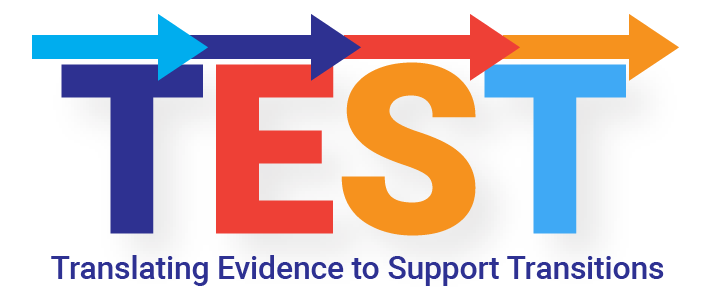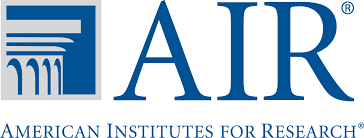References
- Anderson, J. A., Kutash, K., & Duchnowski, A. J. (2001). A comparison of the academic progress of students with EBD and students with LD. Journal of Emotional and Behavioral Disorders, 9(2), 106-115.
- Cook, B. G. (2002). Inclusive attitudes, strengths, and weaknesses of pre-service general educators enrolled in a curriculum infusion teacher preparation program. Teacher Education and Special Education, 25(3), 262-277.
- Duchnowski, A., & Kutash, K. (2011). School reform and mental health services for students with emotional disturbances educated in urban schools. Education and treatment of children, 34(3), 323-346.
- Heflin, L. J., & Bullock, L. M. (1999). Inclusion of students with emotional/behavioral disorders: A survey of teachers in general and special education. Preventing School Failure: Alternative Education for Children and Youth, 43(3), 103-111.
- Kamens, M. W., Loprete, S. J., & Slostad, F. A. (2000). Classroom teachers’ perceptions about inclusion and preservice teacher education. Teaching Education, 11(2), 147-158.
- Lane, K. L., Carter, E. W., Pierson, M. R., & Glaeser, B. C. (2006). Academic, social, and behavioral characteristics of high school students with emotional disturbances or learning disabilities. Journal of Emotional and Behavioral Disorders, 14(2), 108-117.
- Maag, J. W., & Katsiyannis, A. (1999). Teacher preparation in E/BD: A national survey. Behavioral Disorders, 24(3), 189-196.
- Newman, L., Wagner, M., Knokey, A. M., Marder, C., Nagle, K., Shaver, D., & Wei, X. (2011). The post-high school outcomes of young adults with disabilities up to 8 years after high school: A report from the National Longitudinal Transition Study-2 (NLTS2). Menlo Park, CA: SRI International.
- NLTS2. (2009). Table 87: If young adult who is out of secondary school graduated from high school (item np5S1a_A2e). Menlo Park, CA: SRI International.
- Pleis, J. R., Ward, B. W., & Lucas, J. W. (2010). Summary health statistics for US adults: National Health Interview Survey, 2009. Vital and health statistics. Series 10, Data from the National Health Survey, (249), 1-207.
- Rose, R., Howley, M., Fergusson, A., & Jament, J. (2009). Mental health and special educational needs: exploring a complex relationship. British Journal of Special Education, 36(1), 3-8.
- Rouse, C. E. (2007). Quantifying the costs of inadequate education: Consequences of the labor market. Washington, DC: Brookings Institution Press.
- Sawka, K. D., McCurdy, B. L., & Mannella, M. C. (2002). Strengthening emotional support services: An empirically based model for training teachers of students with behavior disorders. Journal of Emotional and Behavioral Disorders, 10(4), 223-232.
- U.S. Department of Labor, Bureau of Labor Statistics. (2010). Tabulations.
- Wagner, M., & Davis, M. (2006). How are we preparing students with emotional disturbances for the transition to young adulthood? Findings from the National Longitudinal Transition Study—2. Journal of Emotional and Behavioral Disorders, 14(2), 86-98.



